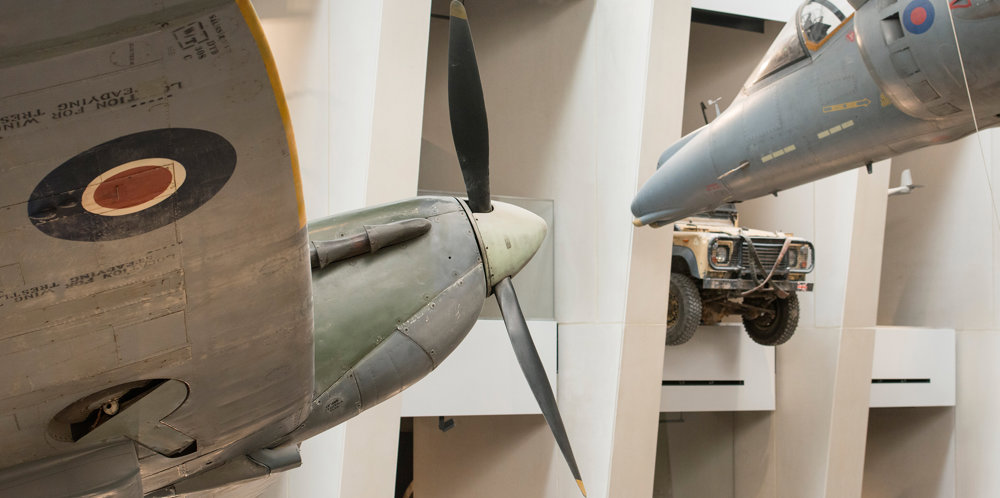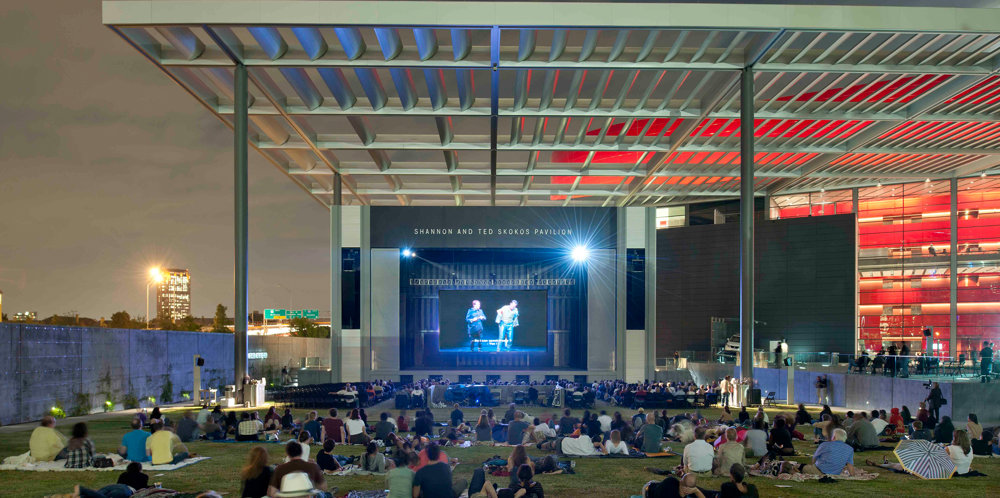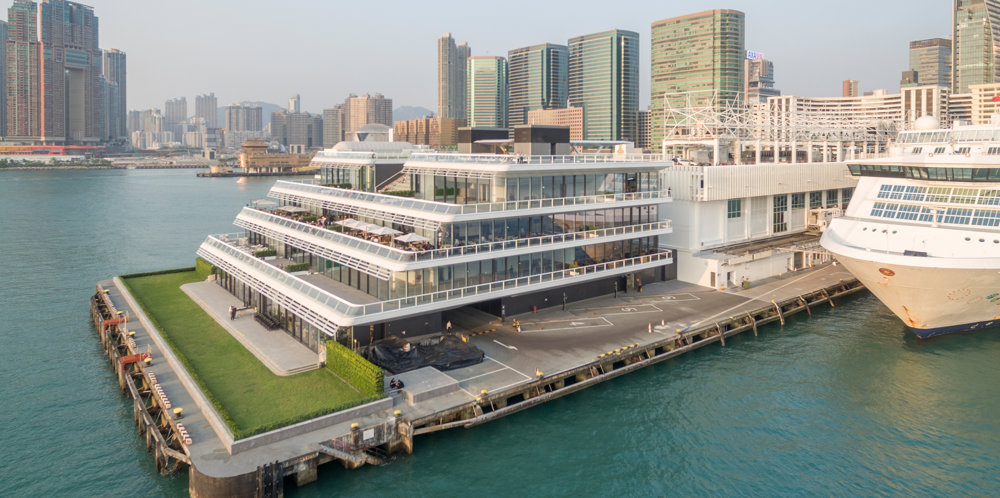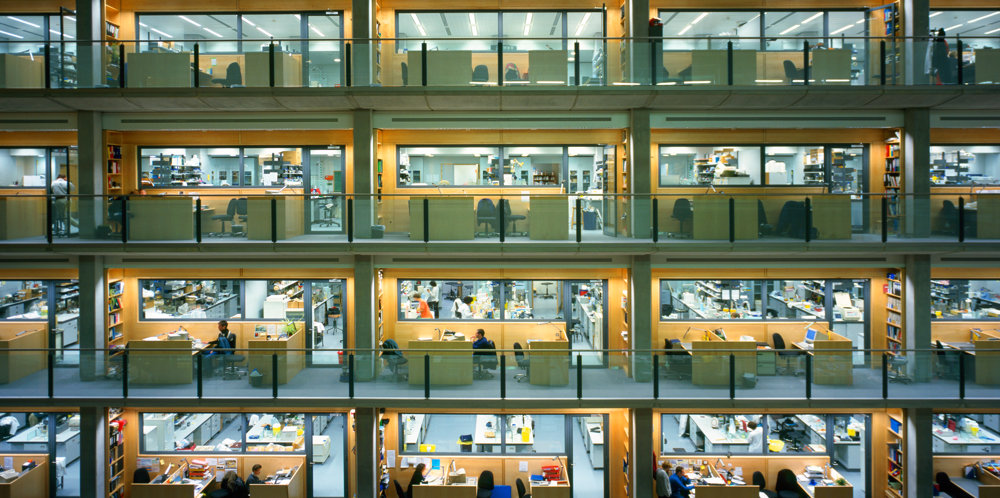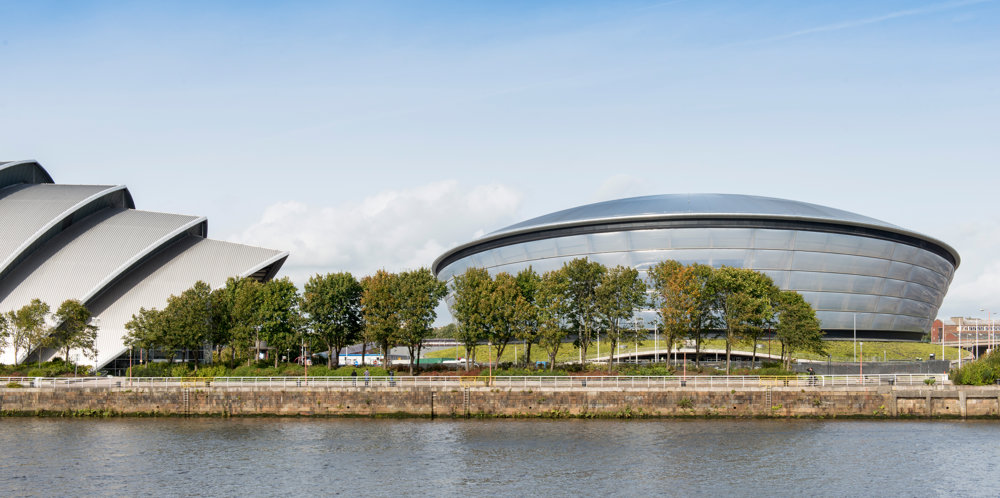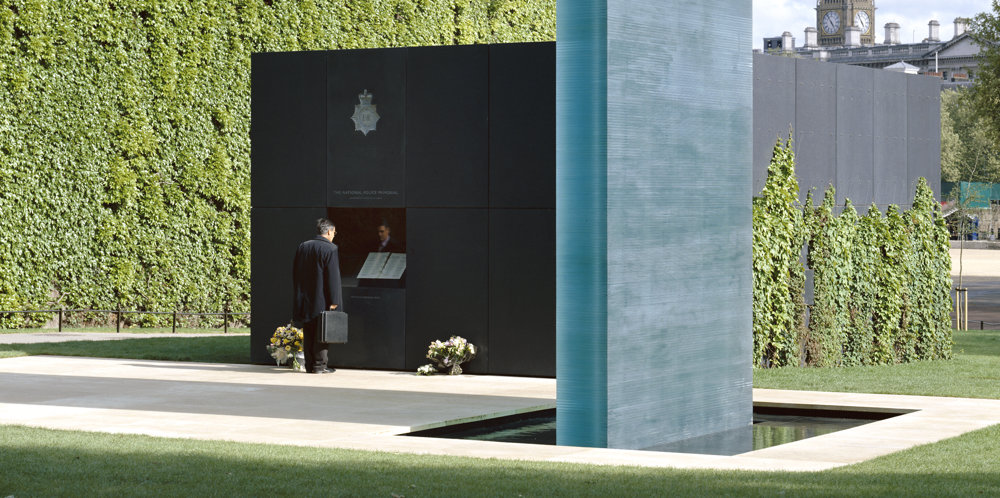The refurbishment of the Snowdon Aviary at the London Zoo provides a new walk-through home for the zoo’s troop of Colobus monkeys. It also includes several new auxiliary structures and a new education and community centre that offers the best views of the monkeys in action. The project will also provide a new Duiker Paddock for antelopes below the aviary structure, putting a diverse range of fauna on display and drawing visitors to this end of the zoo.
The Grade II* listed structure, designed by Cedric Price with Frank Newby and Lord Snowdon in 1962, was the first aviary in Britain that offered visitors a ‘walk-through’ experience, bringing them closer to the birds in their natural habitat. The new design adapts the heritage structure to suit its new inhabitants and offer visitors an enhanced experience. It replicates their natural habitat as closely as possible, offering series of vertical elements at different heights that the monkeys can climb onto, encouraging them to leap, jump, swing to the higher levels of the aviary. The Aviary also features newly planted trees and pulley systems that can reach food to the upper reaches to offer further encouragement to the monkeys.
Alongside the main enclosure is an external shelter for the monkeys during the night, bad weather, and the winter months. It is a single cuboidal volume that is divided into two halves – an exterior on-show area which is a mesh covered space connected to the aviary via the tubular links, and a separate interior space. This interior space provides a warm room for the monkeys that is called the ‘interior on-show’ space, where visitors will be able to see them through a large glass window. At the rear is the Keeper’s area that allows zoo keepers to isolate animals for treatment.
The Education/Community Centre is a space for zoo visitors. Hosting up to 30 people, it is an indoor space where school groups can learn more about the colobus monkeys, their habitat and conservation, ZSL its history and its aims, and about the architectural legacy of the zoo. The single floor structure features a skylight that gives exceptional vertical views of the aviary. The entire south façade that faces the aviary is glazed so that visitors can have the best unobstructed views of the aviary. It also has audio-visual and educational displays that will give people more information about the Colobus monkeys.










